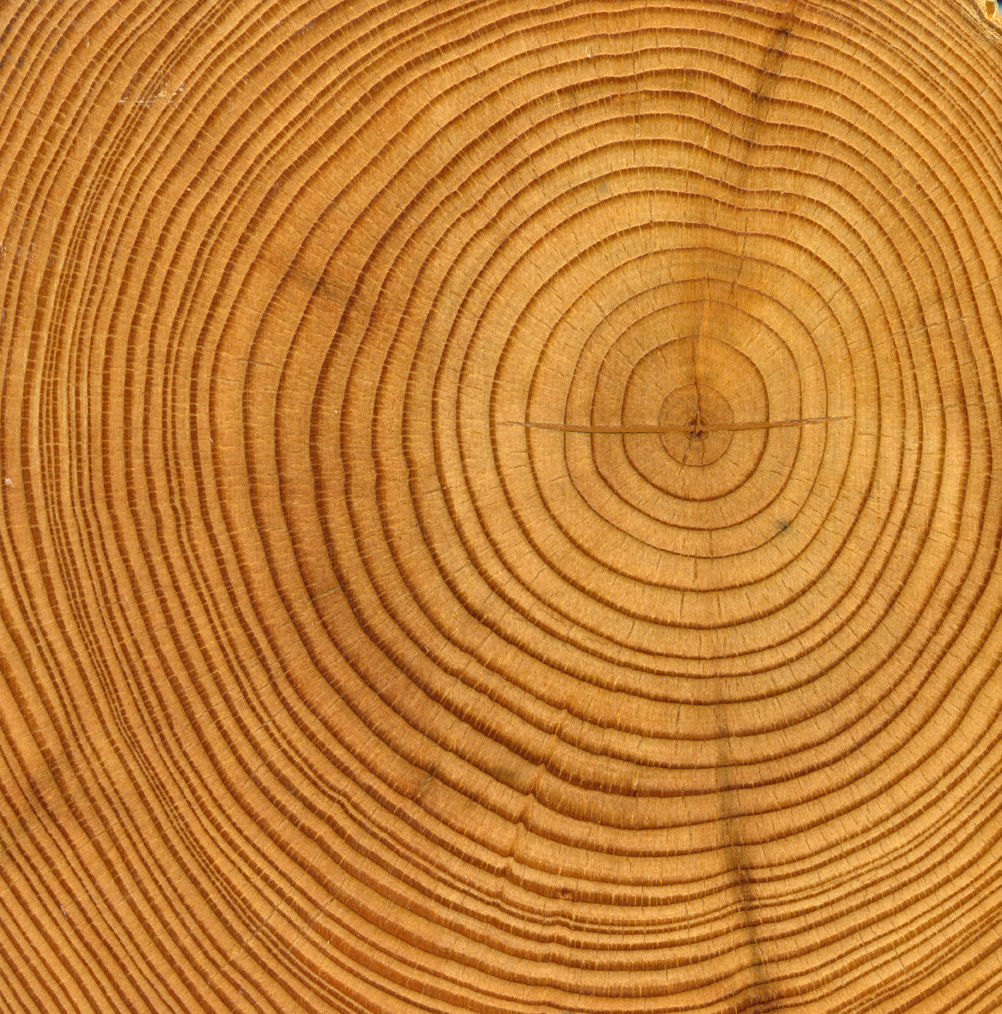
EVANSVILLE, INC.

The town known as Bettles was originally located on the Koyukuk river just below the confluence of the John river. In 1948, the Federal Aviation Administration (FAA) built an airfield and communications facility along the Koyukuk river about 7 river miles above Bettles which became known as Bettles Field, and is located about 190 air miles north of Fairbanks, Alaska. The airfield was built for the military as the main stopover for aircraft to replenish their fuel supply when flying between Fairbanks and Barrow, and as a support base during exploration for petroleum reserves.
To take advantage of the economic opportunities presented, Wilfred Evans, Sr. and his brother-in-law, Frank Tobuk, relocated their families to the area from Alatna, Alaska in the late 1940's. They settled at the east end of Bettles Field in the area that became known as the village of Evansville. Before moving, Wilfred had inherited the family trading company from his father, John Evans, and was operating it in Alatna. In Evansville, Wilfred opened and operated a timber sawmill business. Through this, he and Frank helped build the Bettles Lodge. A post office was established at the Bettles Lodge in 1950 and a school was opened in 1956.
Wilfred Evans and Frank Tobuk were descendants of the Koyukon Athabascans and Kobuk, Selawik and Nunamuit Eskimos from the north and northwest who followed the wild game and fish in the Koyukuk river region while living in nomadic seasonal camps. Prior to moving to Evansville, Wilfred and Frank had lived with their families in the village of Alatna, which was primarily a Kobuk Eskimo village. Alatna is across the Koyukuk river from Allakaket and is predominantly an Athabascan community. Evansville represents a blending of families and native cultures, which gives the village a unique perspective on traditions and customs.
Today, the economic base of Evansville and Bettles is tourism, government, and air transportation. Bettles is the hub for tourists, hikers, and campers traveling to the Gates of the Arctic National Park and Preserve. There is an influx of winter visitors from all over the world, including Japan and China, for northern lights viewing.
The only road access is during the winter over a snow/ice road. During the winter, the Hickel Trail leads to the Dalton Highway (Haul Road) which runs between Fairbanks and Prudhoe Bay. Regular flights between Bettles and Fairbanks bring mail and goods to the area. Nearby VOR Lake is also heavily used during the summer by float planes carrying tourists to remote areas.